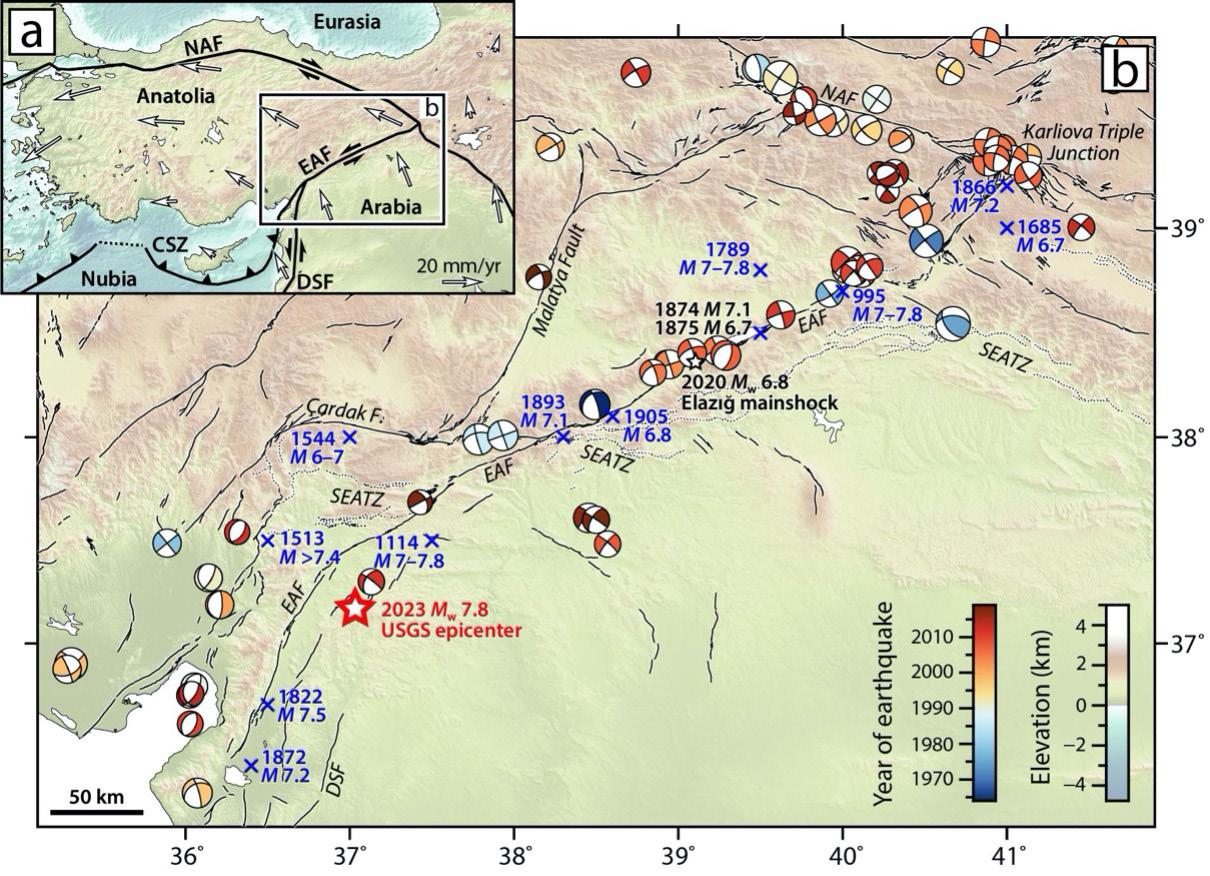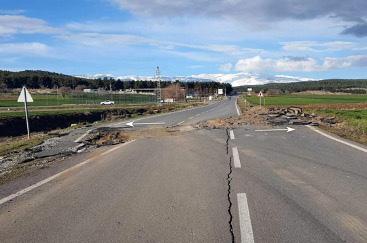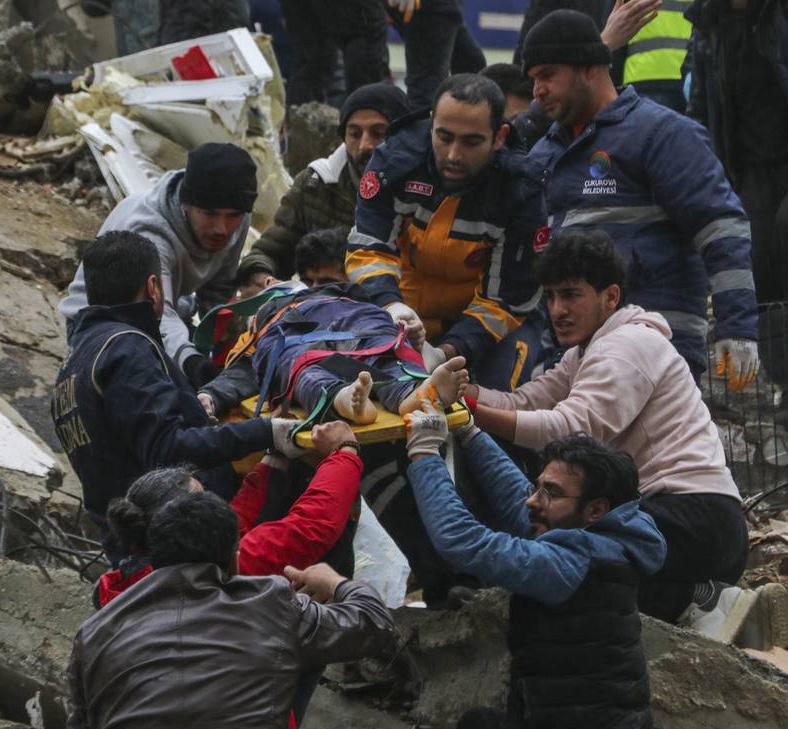
1 minute read
Devastating earthquake in Turkey & Syria
caught in a tectonic vice, spilling into the Mediterranean, toward Crete.
The 6 February earthquake occurred on the EAF, which is a left-lateral fault (whichever side of the fault you are on, the other side moved to the left) and has a slip rate of between 6 and 10 millimeters per year.
Advertisement
As shown by the Dr. Edwin Nissen’s map below (from the agu publication https://doi. org/10.1029/2020GL088136) several similar or slightly smaller earthquakes occurred in this region (1114, M 7.8; 1513, M 7.4; 1822, M 7.5).
The 6 February earthquake was so devastating for several reasons. The quake was certainly of massive size (more than 200 km of length) and it occurred at shallow depth (20 km). Prof. Dr. Hasan Sözbilir and his team on the field say that the fault slip is 3 meters (see the picture below with the left-lateral movement of the two fault sides).
However, damages are also due to the high vulnerability of buildings in the region, that are not built to withstand large earthquakes.
As highlighted by Haluk Eyidoğan, a professor of seismology at Istanbul Technical University, Turkey, in a story for Temblor Earth News: “We are sadly watching how the stone masonry and adobe masonry structures in rural areas are weak, and the so-called reinforced concrete carcass multistory buildings are demolished in cities.”
* Matteo Picozzi Associate Professor Physics Department ‘Ettore Pancini’ University of Naples Federico II
by Matteo Picozzi *
In the early morning of 6 February, around 4:15 a.m. local time, a severe earthquake with magnitude M7.8 struck southern Turkey near the Syrian border.

So far, the largest aftershock has been a M7.5 aftershock which struck 95 km (~60 miles) to the north.
Seismological observatories indicate all these events are oc- curring within the East Anatolian fault system.
As rescue missions are underway, aftershocks are shaking the region and they will continue for years, making the situation on the ground all the more tenuous.
As of Feb. 10, the death toll surpassed 20,000. Speaking of Turkey, the officially reported death toll reached 16,170 and 64,000 injured. News is scarce from Syria.

Technical and felt reports on the event are available by the Euro-Med Seismological Centre (EMSC; https://www.emsc-csem. org/Earthquake/earthquake. php?id=1218444#summary).
Turkey is bordered by two main faults, the North Anatolian Fault (NAF) and the East Anatolian Fault (EAF), and it is being pushed northward by the Arabian Plate. Such tectonic context squeezes Central Turkey westward,










